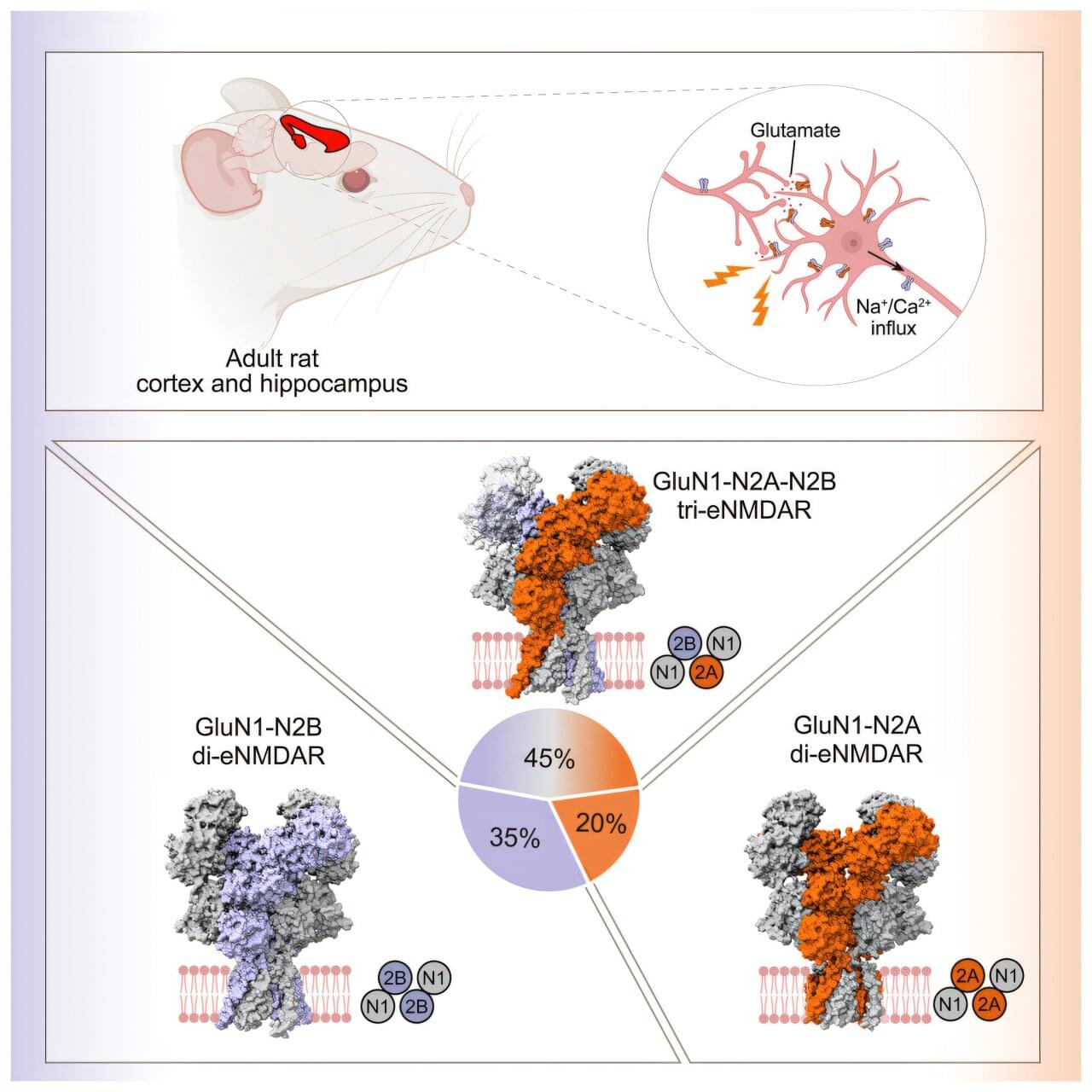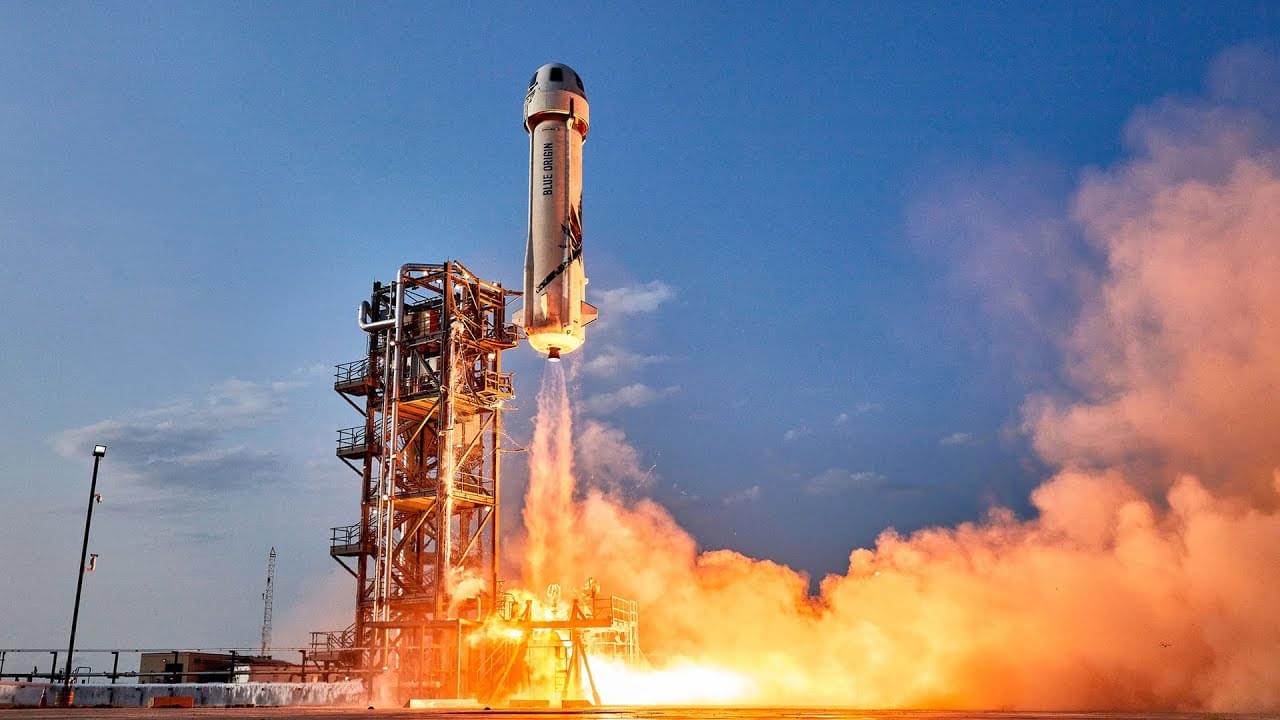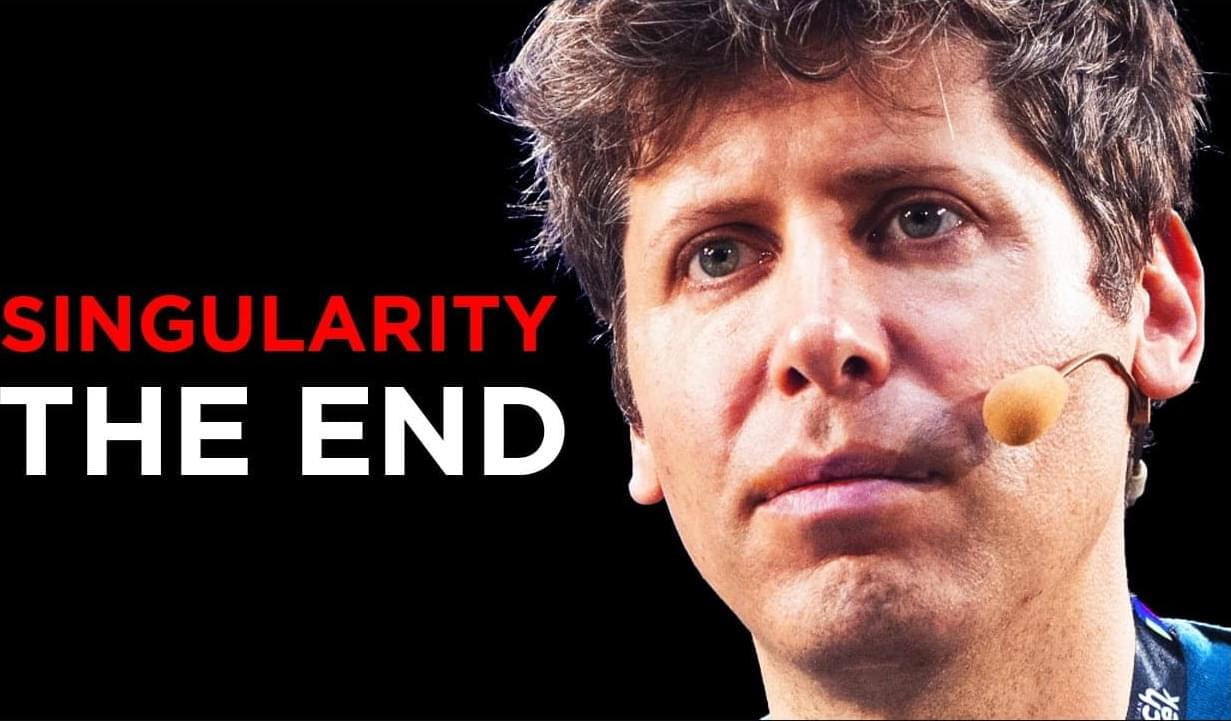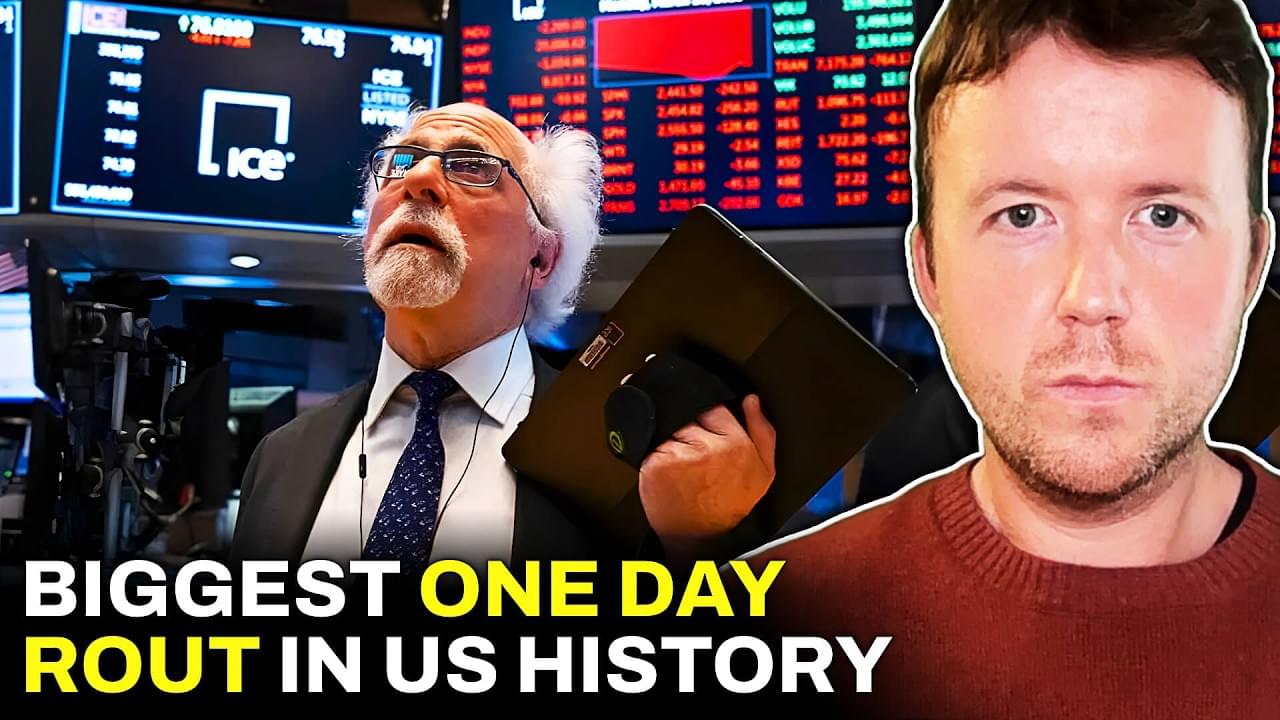What do optical frequency combs do?
In a study published in Cell, a research team led by Zhu Shujia from the Center for Excellence in Brain Science and Intelligence Technology of the Chinese Academy of Sciences (CAS), along with Li Yang from the Shanghai Institute of Materia Medica of CAS, has dissected the assembly and architecture of endogenous N-methyl-ᴅ-aspartate receptors (eNMDARs) in the adult mammalian cerebral cortex and hippocampus.
Learning and memory are fundamental brain functions that underlie human cognition and perception of the world, which rely on development-and activity-dependent synaptic plasticity. NMDA receptors, members of the excitatory ionotropic glutamate receptor family, are essential to these processes.
They regulate the strength of synaptic connections, playing a critical role in advanced brain functions. In higher brain structures involved in cognition, such as the cerebral cortex and hippocampus, they are especially vital for cognitive function.
New Shepard is a rocket manufactured by Blue Origin for space tourism, however the newest mission will be simulating the Moon’s gravity and flying 30 payloads to test lunar related technology. \r.
\r.
You can watch the action live here or at Space.com!
On the positive side, some human entrepreneurs could become very wealthy, possibly trillionaires if they could tap into these AI’s wealth somehow. Additionally, super rich AIs could be a solution to the United States’ growing debt crisis, and eliminate the need for whether countries like China can continue to buy our debt so we can indefinitely print dollars. In fact, can America launch its own AI agents to create enough crypto wealth to buy its debt?
Naturally, the risk is that these AIs might eventually try to buy other financial instruments, like existing bonds and stocks. But it’s unlikely they’d be able to do so, unless more of the U.S.’ economy went into crypto and became blockchain based. Additionally, AI bots aren’t allowed to have traditional bank accounts yet.
Whatever happens, clearly there is an urgent need for the U.S. government to address such potentialities. Given that these AIs could start to proliferate in the next few months, I suggest Congress and the Trump administration immediately convene a special task force to specifically tackle the possibility of an AI Monetary Hegemony.
The real danger is that even with regulation, programmers will still be able to release autonomous AIs into the wild—just as many illegal things already happen on the web despite the existence of laws. Programmers might release these types of AIs for kicks, while others try to profit from it—and some may even do so even as a form of terrorism to try to hamper the world economy. Whatever the reason, the creation of autonomous AIs will soon be a reality of life. And vigilance and foresight will be needed as these new AIs start to autonomously disrupt our financial future.
Boom Supersonic’s XB-1 test vehicle is scheduled to lift off today (Jan. 28) at 11 a.m. EST (1600 GMT).
A new Tulane University study suggests the Mediterranean diet’s brain-boosting benefits may work by changing the balance of bacteria in the gut.
In a study published in Gut Microbes Reports, researchers at Tulane University School of Medicine found that subjects following a Mediterranean diet developed distinctly different gut bacteria patterns compared to those eating a typical Western diet. These bacterial changes correlated with better memory and cognitive performance.
“We’ve known that what we eat affects brain function, but this study explores how that could be happening,” said lead author Rebecca Solch-Ottaiano, Ph.D., neurology research instructor at Tulane’s Clinical Neuroscience Research Center. “Our findings suggest that dietary choices can influence cognitive performance by reshaping the gut microbiome.”
A cryptic six-word tweet from OpenAI CEO Sam Altman— Near the singularity; unclear which side—has left the tech world buzzing with speculation. Is this a warning about the dangers of AI, a revelation of progress, or a subtle message about the inevitability of the singularity? As whispers of superintelligence grow louder, it seems we’re on the brink of a technological revolution once considered pure science fiction. OpenAI’s groundbreaking advancements, such as the rumored o3 model, suggest that the singularity may already be unfolding before our eyes. But what’s really happening behind the scenes? Are these advancements paving the way for a brighter future or setting the stage for unforeseen challenges? And why has Sam Altman, one of the leading voices in AI, sparked controversies with his cryptic remarks and bold predictions? In this video, we’ll uncover the mystery behind Sam’s tweet, explore OpenAI’s latest breakthroughs, and dive into the implications of living in a world teetering on the edge of the singularity. Are we prepared for what’s coming? Chapters: Intro 0:00 — 1:30 Sam’s Mysterious Tweet 1:31 — 2:35 OpenAI’s o3 Model Announcement 2:36 — 3:25 What’s Happening Behind Closed Doors? 3:26 — 6:08 Sam Creating Unnecessary Controversies 6:09 — 7:10 The Singularity: Are We Ready? 7:11 — 8:11.
Please Support the Channel (It’s just me making China Update):
Patreon Link: https://www.patreon.com/chinaupdate.
One-off Tips Here: https://www.buymeacoffee.com/chinaupdate.
China Update is about China economic and political news and analysis #chinaupdate #trump #china.
X (Formerly Twitter): https://twitter.com/tonychinaupdate.
Channel email:
[email protected].
00:00 Introduction.
00:12 DeepSeek Rocks Global Tech Markets.
08:05 China & Crypto.
China Update provides viewers with the most up to date political, economic, and geostrategic analysis on China. Videos are based on hundreds of articles, think tank reports, government statements and other resources in English and Chinese. China Update is fully independent, all views and analysis are all my own and I make the videos.









